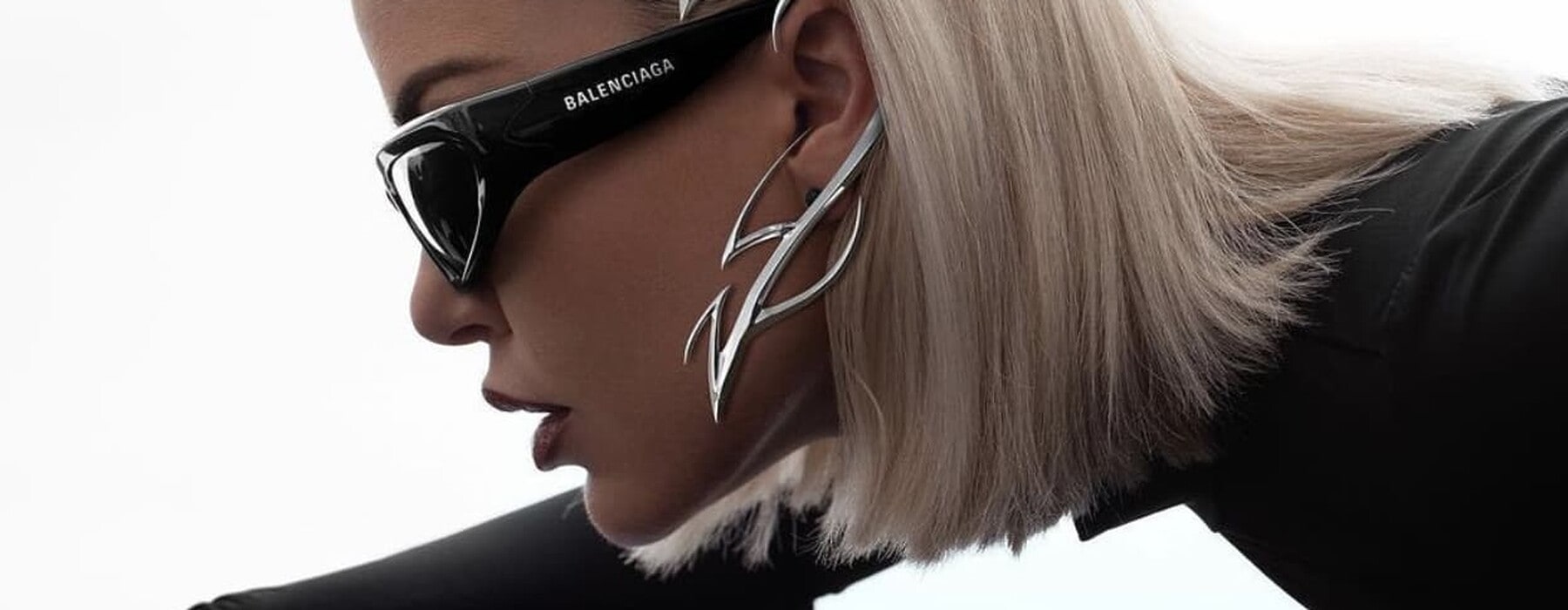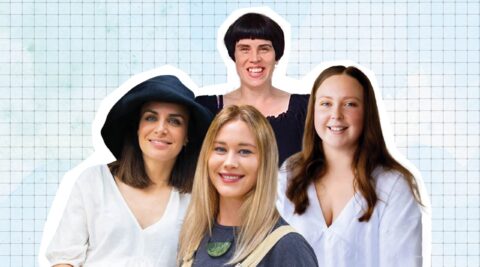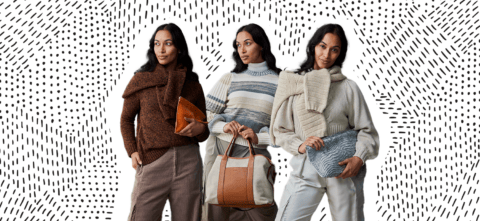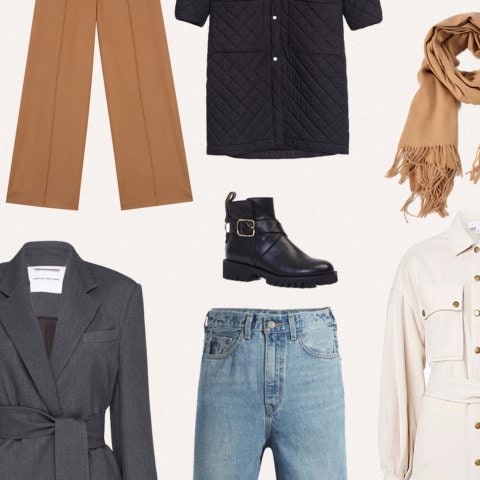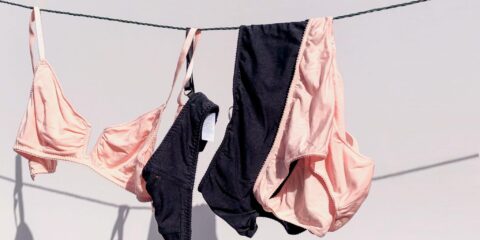The game-changing technologies on a need-to-know basis. The advent of artificial intelligence (AI) has swept through many industries, posing a threat to established jobs, routines and overall work culture. Through the introduction of technologies. Web tools like Notion improve operational procedures and chatbots embedded in sites to solve customer concerns anytime. As a result, most companies have incorporated technologies to give them a competitive edge.
AI initially did not seem appealing to fashion directors because the fashion industry is built on creative ability and expression. However, now that we’ve entered the hyper-digital age, these applications have the potential to modify everything radically. While the fashion industry has been around for quite some time, AI has profound effects on every aspect of it, from the creation of garments to their marketing and sale.
The Unseen
“Transporting colour-change technology out of the scientific world and onto the streets of London.” – Lauren Bowker, Founder
The Unseen partnered with Selfridges to release a line of high-end items that change hue depending on their surroundings. Each piece, coloured with one of five reactive inks, is intended to react to weather fluctuations. In the collection, scarves, wallets, and a phone case are coated with touch-sensitive formulations that adapt to the wearer’s movements.
Lauren Bowder, the company’s creator, called the visual representation of colour a “global language” and said, “Our accessory line enables people to engage and witness the marvels of our formulae for themselves. We hope that our pieces will become cherished heirlooms, handed down from generation to generation and refined through time to meet the challenges of evolving ecosystems”.
The Fabricant
Fabricant has developed three-dimensional clothing design and animation to provide interactive experiences for brands. Since the garments are never made, this could be a more eco-friendly option for brands of all stripes looking to make a statement without leaving a huge carbon imprint.
Taking this concept further into the 2022 age, The Fabricant Studio has made its mark in the metaverse and is exploring ways to generate NFTs that are customised 3D articles of clothing to add to your wallets.
Dress-X
“DRESSX is the largest fashion multi-brand store of digital collections from well-known brands and 3D designers.” The it-store for those who are plugged into augmented reality, Dress-X sells virtual garments for your social media profile. You may order a “garment” by uploading a picture of yourself, making a payment, and receiving an image of yourself wearing it. No physical product will ever be exchanged for your virtual one, but you can update your look and help the environment all at the same time by shopping online. A wild concept to consider a new normal, but within the creativity-fueled industry, stranger things have happened.
Thesis Couture
A fusion of style and smart engineering.
Thesis is a fashion forward tech company bringing rocket scientists to the clothing table. Combining a former SpaceX employee, orthopedic doctor, mechanical engineer, shoe designer, and show maker to create the most comfortable stilettos in the world.
Intrigued? Traditional high heels are built around a single metal structure with a compressed cardboard insole. The Thesis heel uses a polymer in the heel proven to stop the pain felt under the foot. Reworking the angle of the shoe and platform gives the wearer the feeling that they are wearing something more than an inch lower than it is. This has been a sell-out since its first launch. They’re very hard to get your feet on, but something that will continue to captre the attention of many women globally. Not AI by definition but the technology applied to create this is something well notable.
Trend forecasting
Competitors in the fashion industry are changing their approach to new collections to better anticipate their consumers’ needs. The study of predicting the direction of a market is known as “trend forecasting.” In other words, the field of fashion forecasting is concerned with predicting what consumers will be interested in next season.
By employing robust AI to instantly convert real-world images shared on social media into valuable data, brands can produce more sustainably. A physical fashion forecaster would not have time to review that data before the next season and AI comes in to do the hard lifting. This gives designers more time to be creative, which is an element that will always require the human mind.

